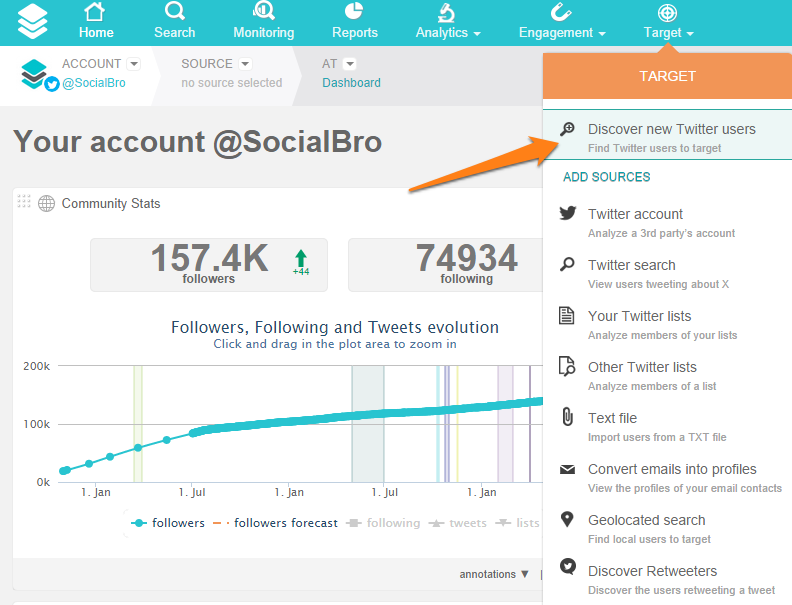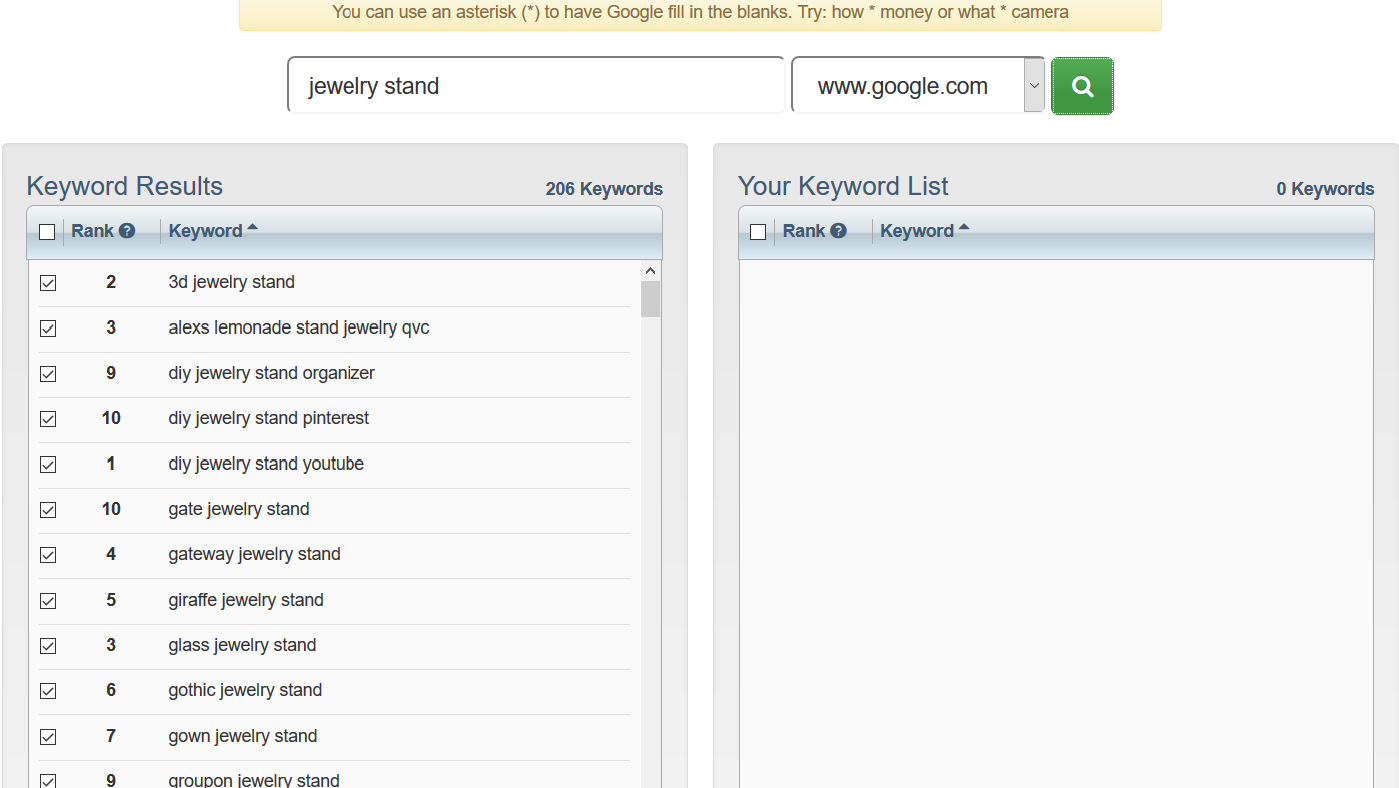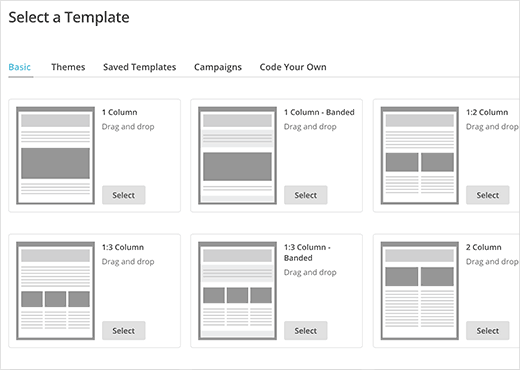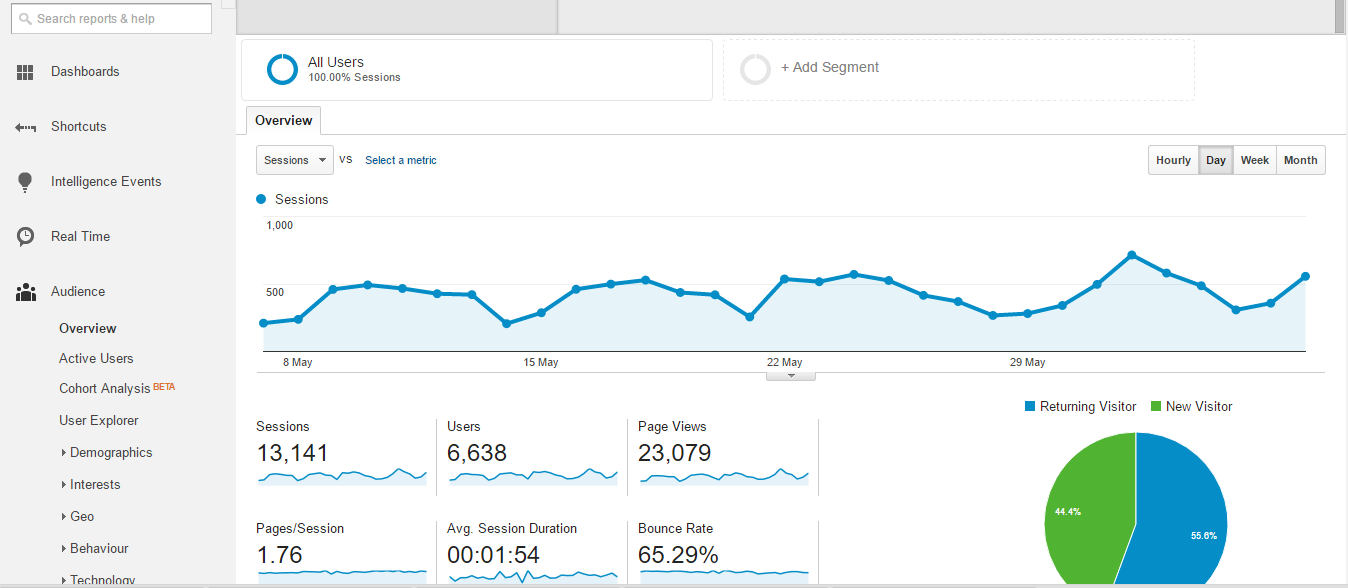Five Content Marketing Tools to Get One Million Visitors to Your Website
42 per cent of B2B marketers who believe they are effective at content marketing also say that there is always room for improvement. The evolving content process calls for the adoption of technology and tools that help marketers deal with the different variables dictating how people find and experience content. One of the most critical decisions marketers face is choosing tools based on people and processes. Here is a list of four content marketing tools that can drive efficiencies across various touchpoints of content creation and distribution.
DrumUp: Nurture Your Community with Relevant Social Media Content Delivered at the Best Times

DrumUp is your virtual social media assistant, taking over end-to-end social media marketing from you, while providing you an intuitive interface to control your accounts and engagement. It is a nifty tool that saves you time and allows you to stay on top of your engagement goals with a slew of useful features.
• Finds fresh and relevant content of value to your audience, regardless of your niche. You supply the keywords and DrumUp delivers the most happening stories and blog posts to your dashboard, email and mobile phone. You can review them and give them the go-ahead, save them for a future date, or replace one or more content recommendations with your own.
•Provides hashtag suggestions for recommended posts. Adding smart hashtag recommendations to posts is easy and a great time-saver.
• Want to share an article you are reading on Twitter, Facebook and LinkedIn without having to open a social media tool? DrumUp Chrome extension schedules the post from your browser on multiple accounts at a time-date of your choice.
• You can connect your blog RSS or feed with your social media accounts to share the latest blog posts with your fans and followers. DrumUp also schedules the blog updates for the best times for your audience to notice them.
• In app form, DrumUp functions as a productivity tool, allowing you to manage social media on-the-go.
DrumUp is one of the most popular content management tools being leveraged by small and big businesses alike. By streamlining content discovery, curation and distribution, it is the easiest way to start with social media or infuse more efficiency into existing efforts/campaigns. And don’t forget, DrumUp has awesome mobile content curation apps for Android and iPhone, so you can manage your social media presence on the go.
Audiense (formerly called SocialBro): Give Your Social Media Audience the Content They Crave

Social data offers insights into user interests, which can help shape your content plan for maximum engagement. One of the tactics that social media managers use is to ask fans and followers questions; these include fan engagement questions to gain a deeper understanding of the lifestyles and interests of fans; market analysis questions to engage with potential prospects; and feedback questions on product/service to determine what people like most.
If Twitter is one of your key engagement platforms, you’ll no doubt want to identify the topics around which your audience is having conversations. Audiense makes it easier to monitor your followers’ conversations by providing you their bio tag clouds, which tell you about their topics of interest. The tool is especially valuable if you have a diverse set of followers with varied interests.
A study of Twitter users has shown that a person’s personality traits can predict his/her brand preference with 65 per cent accuracy. Using Audiense, you can conduct Twitter personality analysis and discover the specific personality traits of an individual user or a user group. These insights can be extremely helpful in planning your content strategy and social media campaigns. Categorize the audience based on what actions you want them to take and how they will contribute to your campaign goals.
Keyword Tool Dominator: Use Relevant Long-Tail Keywords to Improve Content Searchability

Content marketing wisdom dictates that if you focus on the user, and the SEO issues will take care of themselves. But does that mean you can ignore keywords altogether? Not really; it is still important to include long-tail keywords in your page title, URL, meta descriptions, image descriptions and subheaders. Here’s where Keyword Dominator Tool does a good job of identifying long-tail keywords that your audience is searching for.
Keyword Tool Dominator offers six free keywords tools for Google search, Amazon, YouTube, Google Shopping search, Bing search, eBay and Etsy. The tool is easy to use. Just click on the keyword tool you want and type a search-term/keyword, and review the suggested long search phrases. You can incorporate the keywords in your blog post headlines, website content and product descriptions.
MailChimp: Drive Website Visits with Compelling Emails and Engagement Analytics

According to Customer Intelligence, 58 per cent of adults check their email first thing in the morning. Emails with videos and images have a higher click rate than those that contain only text. If you engage leads and customers with branded content via email, MailChimp is a good email marketing platform to consider.
Over 10 million businesses use MailChimp to market and distribute content. MailChimp not only helps you send better emails, but streamlines the email engagement process in an easy, user-friendly manner.
• Organize your subscribers through lists
• Create an email campaign using MailChimp’s large variety of basic templates. You can choose from 13 basic layouts and more than 300 templates.
• Edit the layouts easily by dragging and dropping various style content blocks.
• Send your emails immediately or schedule for a later date
• Check email engagement rate: MailChimp’s reports include the number of people who have opened your message, the number of times they opened it, and the links they clicked on. You can also sync MailChimp with Google Analytics for deeper insights.
Effective email content strengthens your relationship with your audience. If you have great branded content to share via email – whether it is a link to your latest case study/whitepaper or a customized invitation to a blowout sale at your ecommerce store – email marketing using MailChimp can take you from conversation to commerce effectively.
Google Analytics: Identify What Works and What Doesn’t and Consistently Better Your Content Strategy

Data analytics provide insights that can help you tailor your content plan for optimal efficiency. Social media managers do this is by observing what kinds of content are working for their brands best and which keywords are strong SEO contenders. Using Google Analytics you can extract these inputs and more.
Your website or blog’s URLs can be monitored for activity on Google Analytics. Suppose your blog is your primary platform for content marketing, you can use Google’s Acquisition feature to study where most of your referrals and conversions come from, see the performance of your landing pages and understand which keywords have potential to pull you up on organic Google searches.
Google Analytics has 8 major sections – Audience, Acquisition, Behavior, Conversions, Dashboards, Shortcuts, Intelligence Events and Real-Time. Your dashboard is customizable and can be altered to display what you use the most.
Save time managing your social media accounts
Are you still managing your social media accounts directly from Facebook/Twitter/LinkedIn? Make your life easier by managing all your social media in one place, schedule posts, repeat posts, curate content and more. Try DrumUp now, it's free, forever.
One of the best features of this tool is the Acquisitions, which is basically an analysis of how people arrive at your site – via a search engine, social media, or other blogs you have contributed to at some point. Figure out which referrals are giving you most action, and you can concentrate your resources on them.
Landing pages tell you which URLs exactly are being promoted the most online, and this is great for understanding which topics/articles/styles have performed best for your brand.
A good hold on analytics is indispensable in creating an effective content marketing strategy – because it is essential to know what works and what doesn’t to consistently work at getting better.
Content marketing generates three times as many leads as traditional outbound marketing, yet costs 62 per cent less. With the right set of free and/or paid content marketing tools, you can realize the business benefits you seek without extending your marketing budget.
Note: This article was originally published on Mar 28, 2016 and has since been updated with an additional tool.
Image Credit : Luis Osorio via Flickr